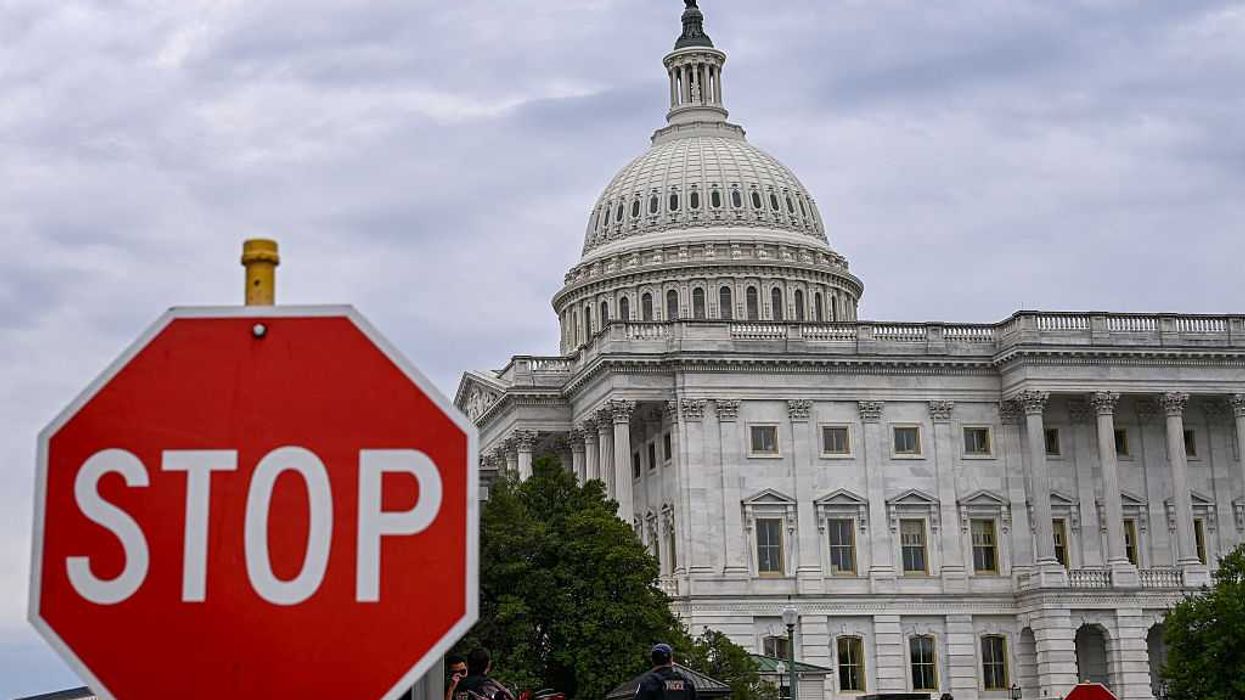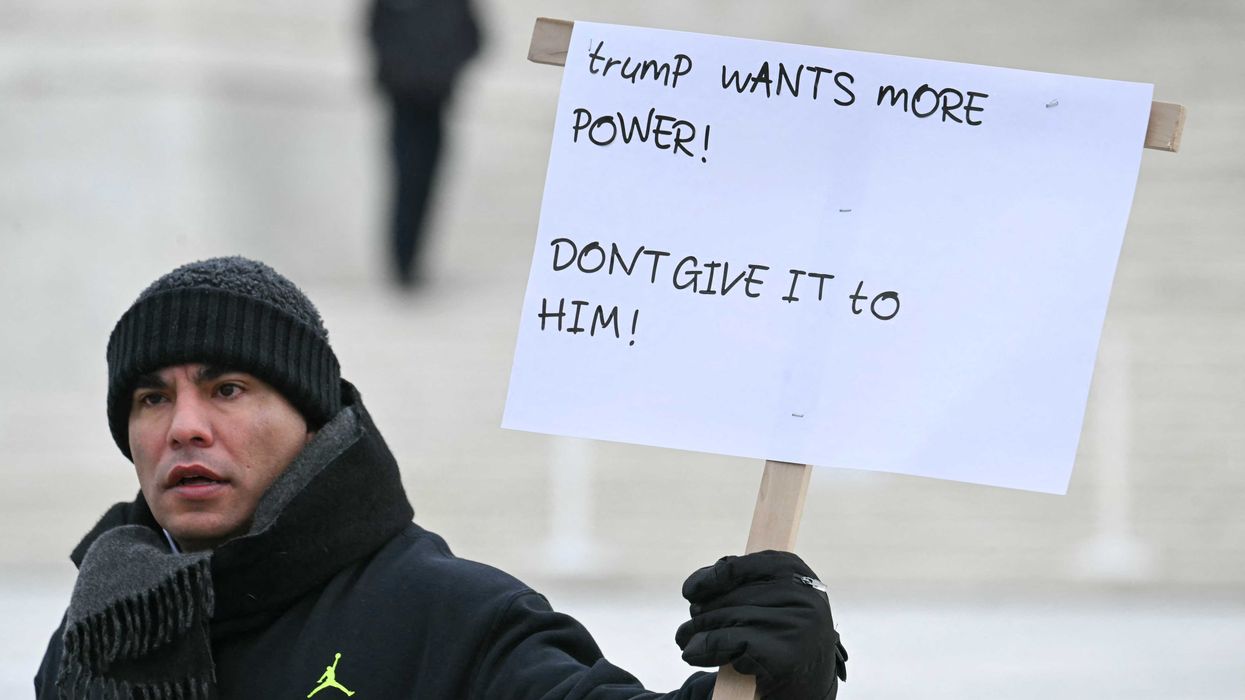Stu watches a ton of documentaries, but the last one he watched left him more than a little concerned as a father. A new documentary on Netflix called ‘Hot Girls Wanted’ exposes the twisted world of the amataeur porn industry. How does a teenager go from being a cheerleader in Texas to sex on the internet? It’s much easier than you expect. Stu and Glenn discuss the documentary and debate some of the more questionable scenes on Friday’s radio show.
Watch a trailer for the film below, and scroll down for Glenn and Stu's analysis:
Below is a transcript of this segment:
STU: There is a new documentary on Netflix. It's called Hot Girls Wanted. And I actually did know it was a documentary before I opened it, I promise.
JEFFY: I didn't.
STU: It was Rashida Jones, who was on The Office. She's Quincy Jones' daughter. She's involved in the project. And it kind of chronicles these 18, 19-year-old girls that answer Craigslist ads for modeling or a free ticket to Miami. They go on these trips and wind up after a couple of half steps in hard-core pornography on the internet. And they're -- their transition, it's so sad and depressing. You want to talk about a movie that will make you want to lock up all your children and never let them out, it's that one. You know, there's this girl. Captain of the cheerleading team. Sweet girl from Texas from right around where we are. And, you know, she -- a couple of bad decisions, and she's in dozens of movies that will never go away.
GLENN: Okay. What are the decisions that get you from sweet, stay-at-home, pure as the driven snow cheerleader. Give me the two steps that get you to hard-core porn.
STU: She's unsatisfied with her hometown. She feels like there's no adventure there. You know, she sees the glitz and the glam of Miami. She gets a free ticket there. Lots of money thrown at her. And she's around -- and then she gets down there. She's around these other girls who are already doing it, who have all made these decisions and can all justify them because they've gone through this process in their over and over again. And all of a sudden, there she is. And they show the interactions with this one particular girl from Texas with her mom, when she kind of finds out about it.
GLENN: Oh, jeez.
STU: And, you know, she kind of takes that approach of, you know, you can tell it's killing her. But she's trying not to never talk to her daughter again. You know, she's trying to not blow up in her face.
GLENN: She's trying not to say, you whore!
STU: She's trying.
JEFFY: Wait until I tell your father.
GLENN: He's going to say, you whore!
STU: The other side of it that is really tough, especially as a dad, is seeing this girl go with her dad out shooting. Their little activity they always did together.
GLENN: No, no, no, no, no. Don't. I don't want to hear it.
STU: She has to tell her dad.
GLENN: She tells her dad at a shooting range? What kind of sick movie is this? Yeah. And here's what you'll do. You'll tell your father while he has the shotgun in his hand.
STU: That is a really good point.
GLENN: It didn't occur to you?
STU: No, I didn't think of -- I guess the part of it that's --
GLENN: Oh, my gosh, you don't want to tell me that sweetheart while I have a gun in my hand. Not that I want to shoot you, I just want to shoot somebody else.
STU: Maybe this explains what happened in this situation, that she never got the courage to tell her dad in that particular moment, which is probably smart.
GLENN: Of course not. Can you imagine dad -- you tell dad, and dad is standing there. And some stranger just goes, hey, I've seen your daughter before.
STU: Oh, yeah.
GLENN: At the --
[Gun goes off]
-- supermarket.
STU: One of the most depressing parts -- and there's lots of depressing parts of this movie. But one of the worst is, at the shooting range, he doesn't know. And she's supposed to tell him, but doesn't. And they're having these nice father/daughter moments where she's kind of trying to inch it into the conversation.
GLENN: Does she have cameras following her on this?
STU: Yes.
GLENN: This is cruel. Is she telling him like, oh, dad, I made a huge mistake, or is she like, hey, and I have to tell you about my new career?
STU: She goes through I would say the entire range of it. I think at times she thinks she thinks she'll become a celebrity and marry a rapper.
GLENN: That's another reason to shoot somebody.
STU: Well, it's -- it's like -- just to see though this -- hey, my daughter is away. I don't know. She's with her friends somewhere in Miami, I guess. And, hey, she's back for the weekend. We should go shooting. And he seems like this really nice guy. And he's just sitting there not having this knowledge that, of course, you know as a viewer. And it's just --
GLENN: Why would you watch this?
STU: It's a fascinating story. We should pull clips from it. You would be absolutely fascinated by it. And it's so depressing and scary that it's something that I think the audience would like too. There are times I warn you -- there are some scenes that are pretty rough, if you can't handle Jeffy explicit type material. There are a couple of moments. Not like a lot of nudity. But there are some moments in it that are really hard to take.
GLENN: Oh, so they made this almost impossible to watch now. A hot cheerleader having sex. You're going to have to try to get through that if you really want to see this. It's really -- oh, come on.
STU: I'm warning our audience who does care about such things.
GLENN: I do care. I'm not going to watch that because of that.
STU: But it is a good title.
GLENN: You're trying to do good, you don't show her in that --
STU: I don't know if I buy that.
JEFFY: Yes.
STU: Look, the idea of a good documentary --
GLENN: Jeffy, you have no place to talk here. Yes. You're right. He should show -- I wanted more of that.
JEFFY: I mean, you have to show what she's going through. Right?
GLENN: Shush.
STU: Look, a great documentary works that way well. You know, when you're drawn in by something, you might find it enticing. You might like porn. And you go on the site. You watch these girls go through this, and it's difficult at the end to like it. I'll tell you that.
GLENN: Let me ask you this: How does the producer of this film live with himself?
STU: What are you --
GLENN: Seriously. No, seriously. No, no, seriously. Stu, think of this.
STU: Wow. I don't understand this argument.
GLENN: Just this of this.
STU: Uh-huh.
GLENN: You know that one of my daughters -- let's make up Hildegard. So we're not talking about any of my daughters. Hildegard is --
JEFFY: Frightening name for porn, actually.
GLENN: It is. Hildegard. She's witchy.
STU: Not very marketable.
GLENN: Yeah, I know. So Hildegard is in a porn, okay?
Do you in your wildest dreams, not because of any other reason other than I cannot do that to Glenn say, Hildegard, wait, let's get some cameras and let's capture this while on camera.
STU: Well, you're a friend of mine. I wouldn't do it to you.
GLENN: Okay. But as long as you don't know the person, you're fine.
STU: In a way, yeah.
JEFFY: That's the process.
STU: News cameras --
GLENN: Aren't we supposed to have a heart?
STU: That's ridiculous. So you can't have an interview with someone who is going through something you disagree with.
GLENN: Come on. You know -- you both know, there's something different about your daughter and your relationship with your daughter, and your daughter comes and tells you something like that. Is there a worse place in your life?
STU: No.
JEFFY: Why are you bringing my daughter into this?
STU: Your daughter Hildegard.
GLENN: Beatrice.
STU: But that's not your responsibility.
JEFFY: Oh, my gosh.
GLENN: Seriously, is there anything worse than --
JEFFY: No.
STU: Terrible.
GLENN: -- other than your wife or one of your children has been raped or killed, that is up there with that.
STU: Sure. One of the worst experiences you can experience as a father.
JEFFY: No question.
GLENN: So you're sitting there, and you think you as a producer, I don't care how much good you think you're doing --
STU: Oh, I totally disagree with that.
JEFFY: I disagree with that.
GLENN: You really think so?
STU: I honestly straight-out think that the movie did something positive, which is you're informing people. As a parent, I am damn sure glad I know this stuff is going on. I -- I mean, obviously you imagine that this stuff does occur. Somebody is getting into those videos. Right?
These guys, they show clips of it. They post an ad on Craigslist. Hey, free flight to Miami. Next morning, wakes up, he has seven 18-year-old girls from all around the country in small towns wanting to come down and get into porn. Like, that's how crazy it is. One of the really crazy parts about the movie is they show -- you think, okay, you'll get into porn. You'll sacrifice whatever you're sacrificing to get into it. But at least you'll walk out of that rich. No. There's so much supply of 18-year-old girls from around small towns in America, that these girls aren't even making money out of it. They're walking out of it with almost nothing.
The girl from Texas goes through this. Does three months. She's only able to stay in it for three months. Three months of porn. Films a few dozen movies and makes $25,000. She's done all this for $25,000. Gets home after all expenses with two grand in her account. All of this for $2,000.
GLENN: When we come back, I want to hear what dad's response was.
[BREAK]
GLENN: So we were talking about this Netflix show that Stu wants to -- to not show me, but take me through next week. So maybe next we'll do it. It's a sad tragic story about these girls who are 18 years old. They get out of high school. They want to have an exciting life. Craigslist says, hey, free tickets to Miami. Two moves later, and they're in hard-core porn films. And we were talking about the dad, this documentary shows her coming back to her dad and telling her dad.
STU: Or trying to.
JEFFY: Trying to.
GLENN: So what is the dad's reaction?
STU: They actually don't show it. Which I assume means he was, of course, devastated.
GLENN: Of course, he was.
STU: And did not want to show it. To respect him.
GLENN: How would you react to it?
STU: If I didn't kill myself, I would probably just sob in the corner.
GLENN: I have to tell you, I would be hostile at the cameras first.
JEFFY: Yeah.
GLENN: Get these cameras out of my face.
JEFFY: That's why these cameras are here. For that?
GLENN: Right? Are you kidding me? You thought this was a good idea?
STU: You would be pissed at your daughter for allowing it.
GLENN: Oh, my gosh. You would be so angry. And then I would just do nothing, but weep. Holy cow.
JEFFY: Hopefully in the end you would be able to embrace it.
STU: No. No, Jeffy.
GLENN: No. Jeffy. You're misunderstanding.
[BREAK]

 ALEX WROBLEWSKI / Contributor | Getty Images
ALEX WROBLEWSKI / Contributor | Getty Images
 JIM WATSON / Contributor | Getty Images
JIM WATSON / Contributor | Getty Images Joe Raedle / Staff | Getty Images
Joe Raedle / Staff | Getty Images AASHISH KIPHAYET / Contributor | Getty Images
AASHISH KIPHAYET / Contributor | Getty Images